A vehicle needs a functioning horn to operate effectively or make it roadworthy. Horns carry out numerous communicative activities with a single honk, which can signify frustration, notification or get some attention. Car horns are critical components of vehicles and are necessary for state compliance. A car horn has a finite life span, and over time it may no longer be able to sound as it did.
Many cars have had problems with their horns in that they don’t work, but instead, their alarms function. Additionally, you may have issues such as a horn that sounds too soft or may not make any sound at all. Fixing car horn problems may help you get rid of many inconveniences. Let’s look at various causes of horn problems and how to eliminate them.
Causes of car horn problems and corresponding troubleshooting tips

An automobile horn wears out over time, and you may experience a variety of issues. A variety of factors can cause a damaged car horn. A damage on horns could be caused by the switches or the horn button or an issue with the electrical circuit or wire lines. The problems may also result due to a blown fuse, a broken clock spring, defective horn relay or the horn itself, or maybe due to faulty wire connections.
Troubleshooting the horn problems
1. Examine the fuses
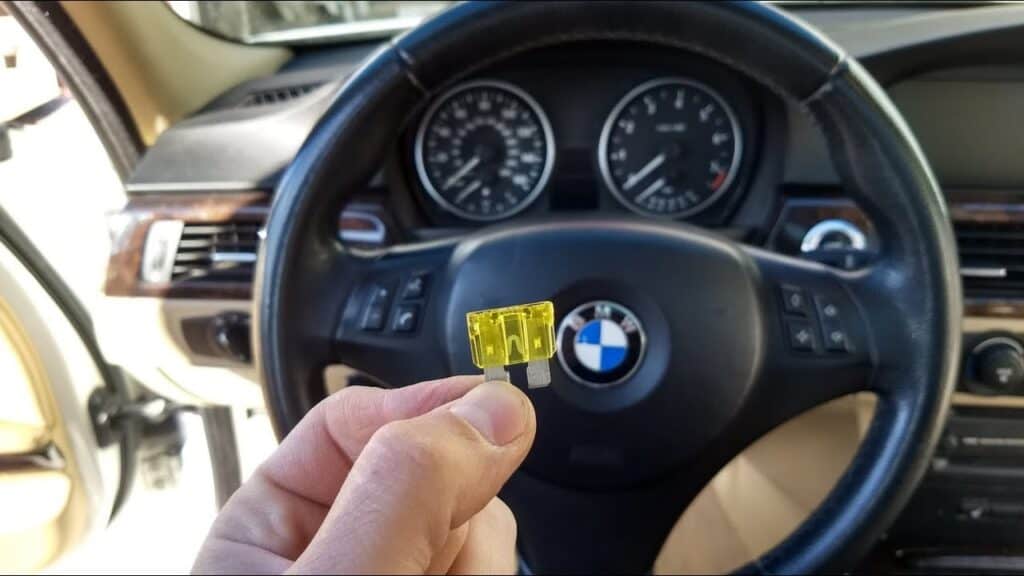
Blown fuses are some of the most prevalent factors that may make the car horn cease operating. It is vital to ensure that the horn fuse remains in the proper condition- it isn’t blown. The fuse box is installed in the engine compartment or on the driver’s dash side of the vehicle. Your model-specific fuse box can be found in the car’s user guide.
The owner’s handbook will have a diagram showing the fuse placement. The fuse cover also contains a chart with the guidelines. Locate an installed fuse with the words ‘HORN’, pull it out and examine the fuse wire. Use a replacement fuse with the exact specifications if the current fuse has blown.
2. Inspect the wiring harness
If the horn is producing sound, but no power reaches the horn itself, examine the wiring harness. In some cases, the cord may be unattached or loose from the socket.
3. Check the horn’s ground

Horns often use the vehicle’s mounting structure to the ground for its support. It allows the battery to recharge to its current charges or to act as the negative end. Car horns sometimes tend to fail, especially when the ground corrodes or there is no ground.
If you find rust on the horn and ground frame connection, ensure you clean it and then replace the horn. Using one feed line makes horns to be grounded in the support frame. Once corrosion occurs here, this may be the culprit if your horn isn’t functioning.
4. A clock spring that doesn’t work
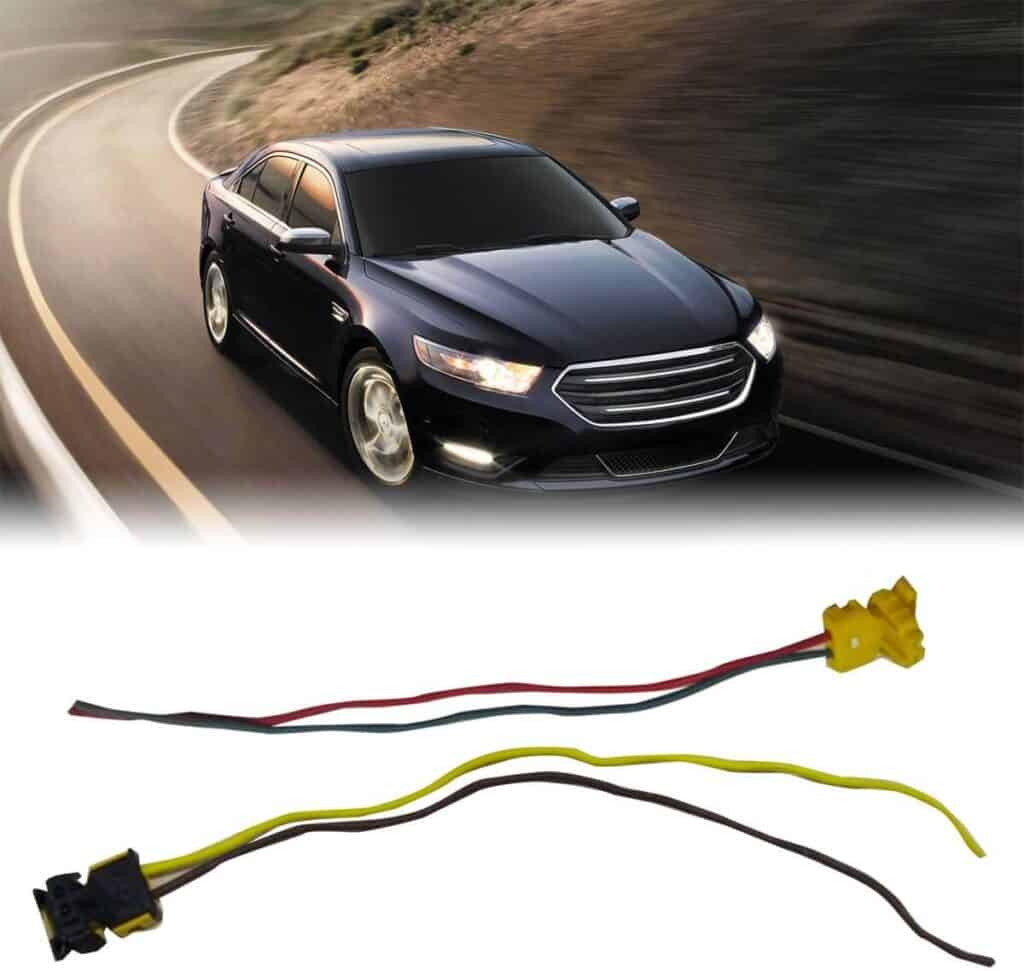
Clock springs may be another source of various horn problems. This is a component that is installed directly behind the steering wheel. By rotating the steering wheel, you’ll be able to keep the horn and airbag cables linked.
To repair or inspect the clock spring, you will need first to remove the steering wheel. You can acquire clocksprings for replacement from the internet for any brand and model cheaply.
5. Examine the Horn Relay
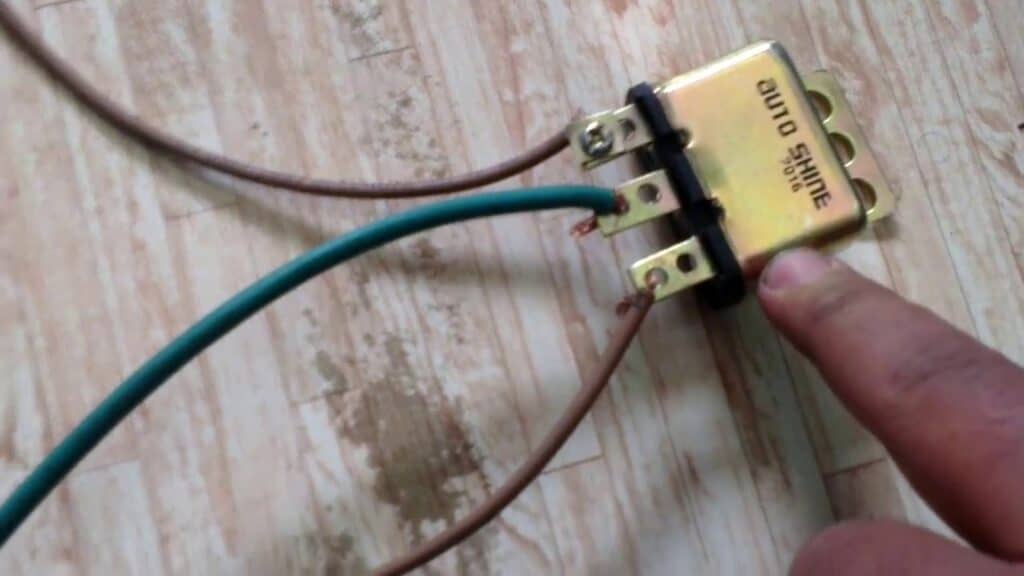
Determine the horn relay location, which is positioned in the engine compartment’s main fuse box. You can test the horn relay using a multimeter. If you’re not confident with relay testing, you can use a different approach as described below;
Locate a different relay similar to the horn relay. By assuming that the relay for the fog lights is the same, alternate the two relays.
- If your horn sounds but the lights do not function, this indicates a faulty relay; hence need to substitute it with an effective one.
- If the lights function correctly, this indicates that the horn relay is in good condition.
6. Test the voltage at the horn
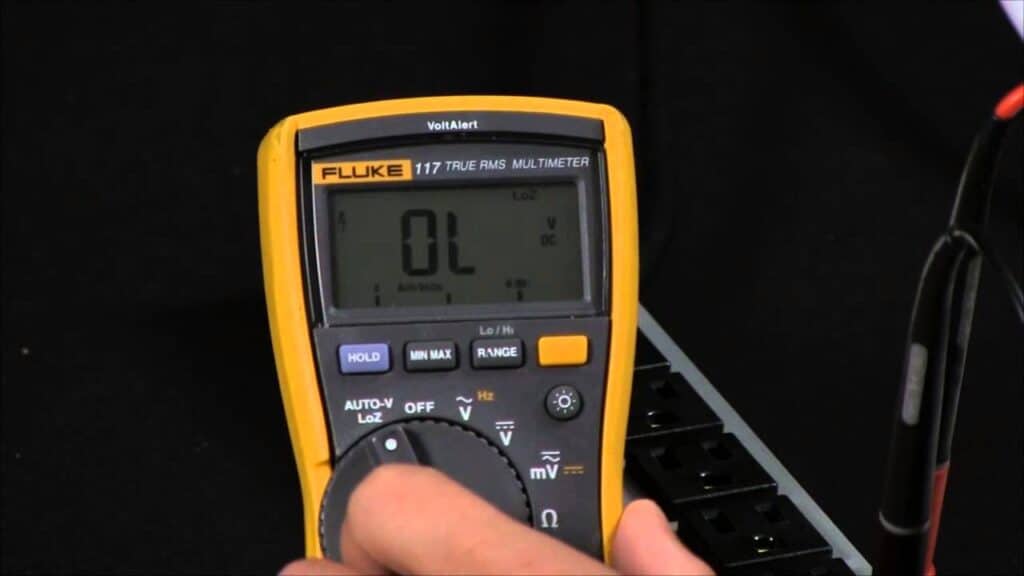
The testing is done on the horn wires to determine their effectiveness.
a. You will be required to use a multimeter, which should be set to test DC.
b. For a single wire into the horn, use the black wire to connect the vehicle and the red wire to the unplugged horn wire.
c. For two wires, attach the black one to the brown wire and the red-coloured wire to the horn wire.
d. Ignite your car and press the horn button. Ensure you keenly look at the multimeter readings.
If the multimeter records some volts, then the voltage may not be the problem. Ensure you check on the harness of the horn wires if you don’t receive any voltage at this point. If you look closely, you’ll notice that the plug may be rusty.
7. Directly feed the Horn system
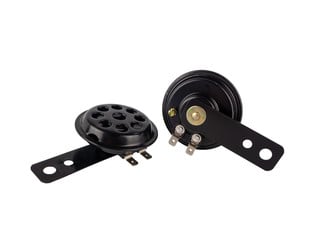
To see if the horn works, ensure the first figure out what’s wrong with it. The horn is located near the radiator. Various models allow access to the horn by removing its front bumper. It is essential to have the horn wires unplugged.
Connect a +12V line to run from the positive terminal of the battery to the horn. Notice the horn beep once the horn terminal is touched. If the horn produces a beep, the horn is functional; hence the issue may be due to power issues. If the horn does not beep, repair any issues with the horn or opt for a replacement.
Conclusion
In the event of a horn malfunctioning or failure, you have no auditory warning mechanism. Additionally, it is unlikely that you will notify oncoming drivers or students, thus increasing the possibilities of accidents. The car’s horn is a checked component when you get it inspected. You will not pass state inspections if the horn is broken.
It is against the law to drive a vehicle in most countries without a functional horn system. The above-outlined causes are the common ones in most cars. Ensure you follow the mentioned troubleshooting tips to get rid of horn-related problems. If the horn is defective, ensure that it is replaced with a new one cheaply available in your manufacturer’s shops or on the internet.
